Updated OSHA Guidelines and their impact on the Construction Jobsite
OSHA, the Occupational Safety and Health Administration, is charged with ensuring “safe and healthful working conditions for working men and women” which includes providing guidance to protect the health and safety of workers during an ongoing global pandemic. Once the country shut-down in March 2020, OSHA released practical guidance for preventing the spread of COVID-19. The 33-page document provided preliminary information on the virus and stated that the guidance was “advisory in nature and informational in content… not a standard or a regulation, and it neither creates new legal obligation nor alters existing obligations.” (https://www.osha.gov/Publications/OSHA3990.pdf).
No one could have predicted the reach or extent this virus would have and OSHA’s initial reaction to the pandemic reflects a more relaxed posture, something very uncharacteristic of the agency. Essential employees were subjected to environments that suddenly were not required to protect against this new contagion. As the months went on and more “non-essential” businesses were allowed to reopen, OSHA was the subject of scrutiny and criticism with over 10,000 written complaints from unions and employees throughout the country that felt unsafe as they were forced to return to work, facing the unknown with the novel coronavirus and feeling virtually helpless without OSHA regulations in place or enforced. By the beginning of September, OSHA conducted just 199 inspections in response to those complaints and closed more than 8,500 of them without further action. (https://www.osha.gov/enforcement/covid-19-data)
A temporary emergency standard may be issued by the enforcement agency when employees are exposed to a new hazard that presents a “grave danger.” (https://www.osha.gov/laws-regs/oshact/section_6) OSHA has declined to issue an emergency standard which would create temporary rules to keep workers safe while they work on a permanent standard for infectious diseases such as COVID-19 but claims that the respirator standard (https://www.osha.gov/sites/default/files/training-library_major_requirements.pdf) and the general duty clause (https://www.osha.gov/laws-regs/oshact/section5-duties) should be enough to protect workers in the meantime.
OSHA has since released “Guidance to Help Construction Workers During the Coronavirus Pandemic” which included a webpage updated as necessary to include coronavirus-related guidance for construction employers and workers and recommended actions to reduce the risk of exposure to the virus. (https://www.osha.gov/SLTC/covid-19/construction.html)
The new Construction Industry Guidance covers risk assessment, engineering and administrative controls, safe work practices, and the use of personal protective equipment or PPE.
- Using physical barriers, such as walls, closed doors, or plastic sheeting, to separate workers from individuals experiencing signs or symptoms consistent with the coronavirus;
- Keeping in-person meetings (including toolbox talks and safety meetings) as short as possible, limiting the number of workers in attendance, and using social distancing practices;
- Screening calls when scheduling indoor construction work to assess potential exposures and circumstances in the work environment before worker entry;
- Requesting that shared spaces in home environments where construction activities are being performed, or other construction areas in occupied buildings, have good air flow; and
- Staggering work schedules, such as alternating workdays or extra shifts, to reduce the total number of employees on a job site at any given time and to ensure physical distancing.
Of note, facemasks are not likely to be required as PPE on most construction sites. These guidelines seem to be a compromise on the disputes between unions, employees, and OSHA on issuing temporary emergency standards; however they still do not carry the weight a standard would. Businesses operating within the construction industry may be cited under the general duty clause for not implementing COVID-19 safety requirements and consulting with legal counsel could help ensure construction jobsite practices are complying with the new OSHA guidelines and existing requirements.
OSHA revised its previous enforcement policy for employers to report cases of coronavirus. COVID-19 is a recordable illness and employers must record a case if the illness is confirmed to be COVID-19; if the work place was deemed to play a causal role in the diagnosis; and involves one or more of the general recording criteria in 29 CFR 1904.7 such as medical treatment or days away from work. (https://www.osha.gov/laws-regs/regulations/standardnumber/1904/1904.7) Emphasis is placed on the employer’s good-faith investigation into the causal role of the workplace in order to combat community spread.
OSHA’s policy releases vow for an increase in in-person inspection at all types of workplaces and prioritize COVID-19 inspections. (https://www.osha.gov/news/newsreleases/national/05192020-0) To date, OSHA has now issued more than $1.6 million in coronavirus violations (https://www.osha.gov/news/newsreleases/region/10232020) and more are expected to come from the enforcement agency at the start of the new fiscal year.
*The information provided on this website does not, and is not intended, to constitute legal advice; instead, all information, content, and materials available on this site are for general informational purposes only. Information on this website may not constitute the most up to date legal or other information. This website contains links to other third-party websites. Such links are only for the convenience of the reader, user, or browser; Safran Law Offices does not recommend or endorse the contents of third party sites. Use of, and access to, this website or any of the links or resources contained with the site do not create an attorney-client relationship between the reader, user, or browser and Safran Law Offices, website authors, or contributors.

